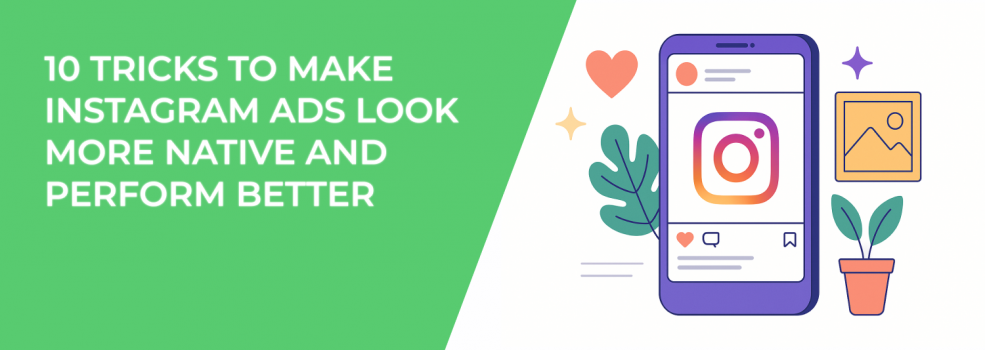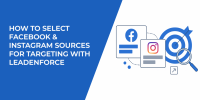Some ads stop the scroll. Others simply fade into the background.
The difference often comes down to native design.
Instagram users are not actively looking for ads. They are seeking inspiration, entertainment, and connection. Ads that blend into this environment — rather than disrupt it — tend to outperform their more overt counterparts.
Here are 10 advanced strategies to help your Instagram ads feel more native, earn genuine engagement, and deliver stronger results.
1. Mirror Real User Behavior — Not Just UGC Style
User-generated content (UGC) is effective, but not all UGC is created equal. Instead of focusing solely on authenticity, replicate the natural behaviors users exhibit on the platform.
-
Record in selfie mode, with real-time reactions and casual framing.
-
Include unedited elements — minor stutters, camera shifts, or ambient noise — to signal authenticity.
You can also repurpose customer Stories (with permission) and create screen-recorded walkthroughs that feel informal yet impactful.
To explore this further, see our article on how to use Instagram Reels in your marketing strategy.
2. Leverage Instagram’s Native Tools and Fonts
Designing within Instagram’s interface allows your ad to feel organic. Avoid importing heavily styled graphics. Instead:
-
Use native fonts to overlay text on video.
-
Add features such as polls, quizzes, and emoji sliders.
-
Incorporate trending music and sound effects from Meta’s audio library.
These details help your content feel less like an ad and more like everyday content.
3. Tailor Your Copy to Platform Intent
Instagram is a casual, conversational space. Reframe your ad copy to sound less like a pitch and more like a post.
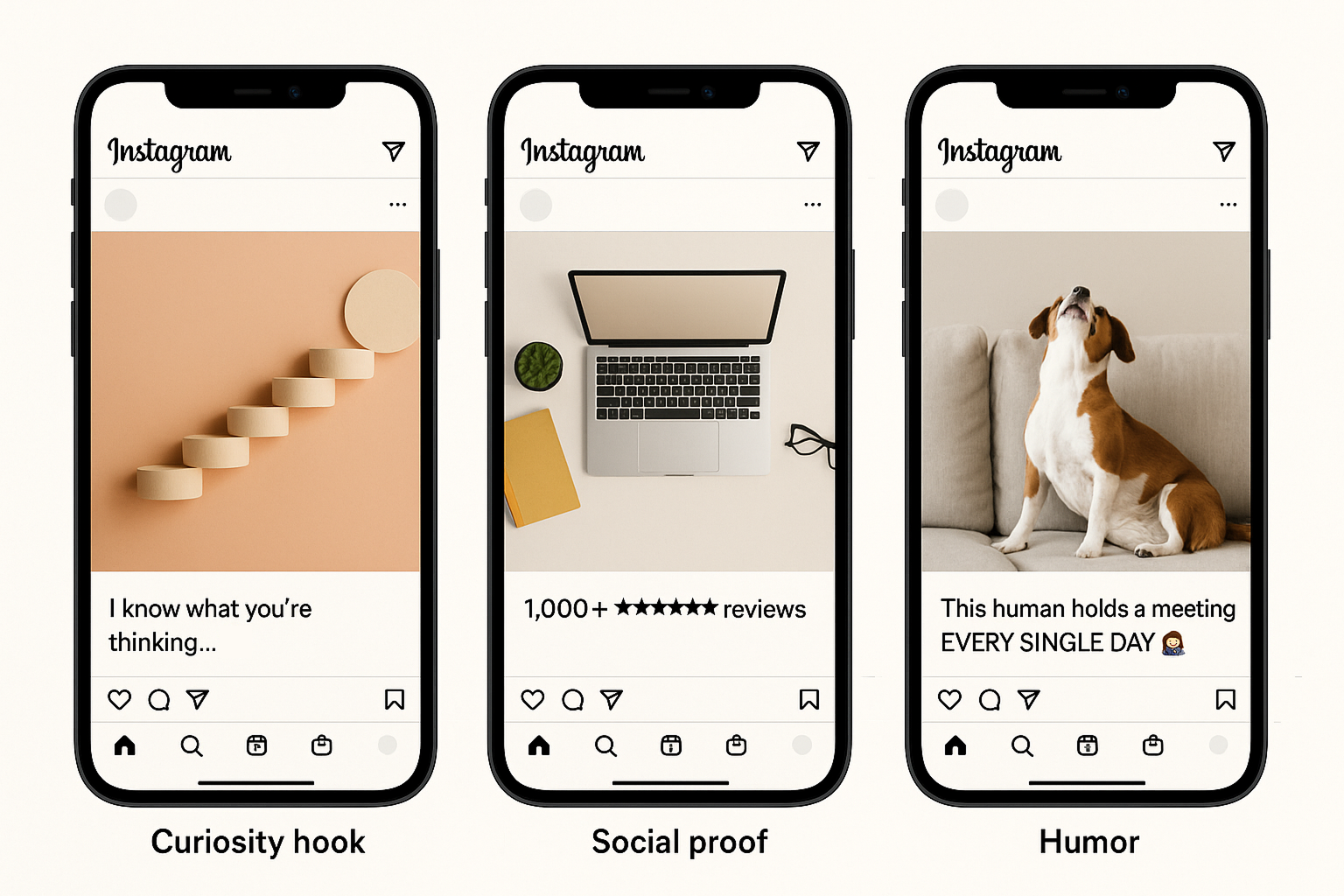
Open with:
-
A relatable hook.
-
A surprising fact.
-
A short, emotional story.
For example:
-
“This serum saved my skin after 14 hours on a plane.”
-
“Would you wear this to work? Here’s what happened when I did.”
Keep the tone approachable and focus on connection first, conversion second.
4. Highlight Behind-the-Scenes Content
Audiences respond positively to transparency. Showcase internal processes, team culture, or candid moments.
Examples include:
-
A time-lapse of packing orders.
-
A quick clip of a founder sharing product backstory.
-
Casual product testing or user reactions.
This type of content lowers resistance and builds trust.
5. Follow the Hook–Loop–Close Framework
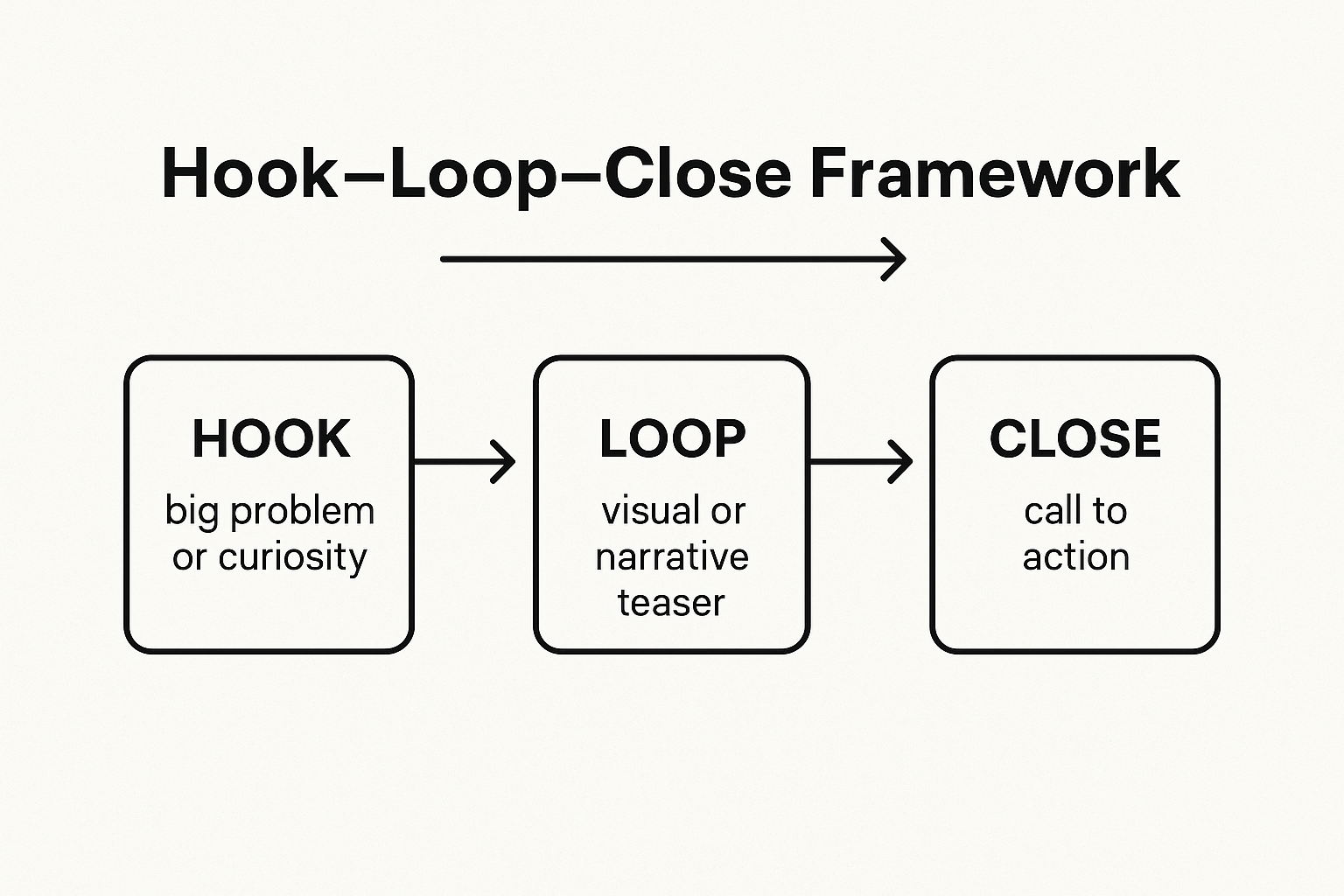
Structure your video ads to maintain interest:
-
Hook: Capture attention immediately.
-
Loop: Introduce a compelling visual or narrative to retain engagement.
-
Close: Provide a clear, timely call to action.
For example:
-
Hook: “My skin was breaking out after every flight.”
-
Loop: Apply product and show results.
-
Close: “Now I carry this everywhere. Tap below for 15% off.”
This format aligns with native content pacing while still driving action.
6. Test Ad Entry Points — Not Just CTAs
Most marketers A/B test call-to-action buttons. Consider testing how your ad begins instead.
Examples of engaging entry points:
-
“Here’s what happened when I tried this without instructions.”
-
“This saved me hours. Let me explain.”
-
“If you’re terrible at [task], you might need this.”
Early engagement — especially the first three seconds — determines whether users keep watching.
For help optimizing targeting, review Facebook Ad Targeting 101.
7. Adapt to User Context
Think beyond demographics and consider the user’s environment.
Late-night viewers may prefer softer visuals and calming copy. Post-work scrollers might respond better to humor or quick wins. Your ad should match the viewer’s state of mind, not just their interests.
8. Use AI to Scale — Then Humanize
AI tools can support headline generation, image testing, and caption variation. However, avoid relying solely on AI for final creative. Add personal insights and brand-specific tone.
Need recommendations? Explore the best AI tools for creative development.
9. Segment by Placement Type
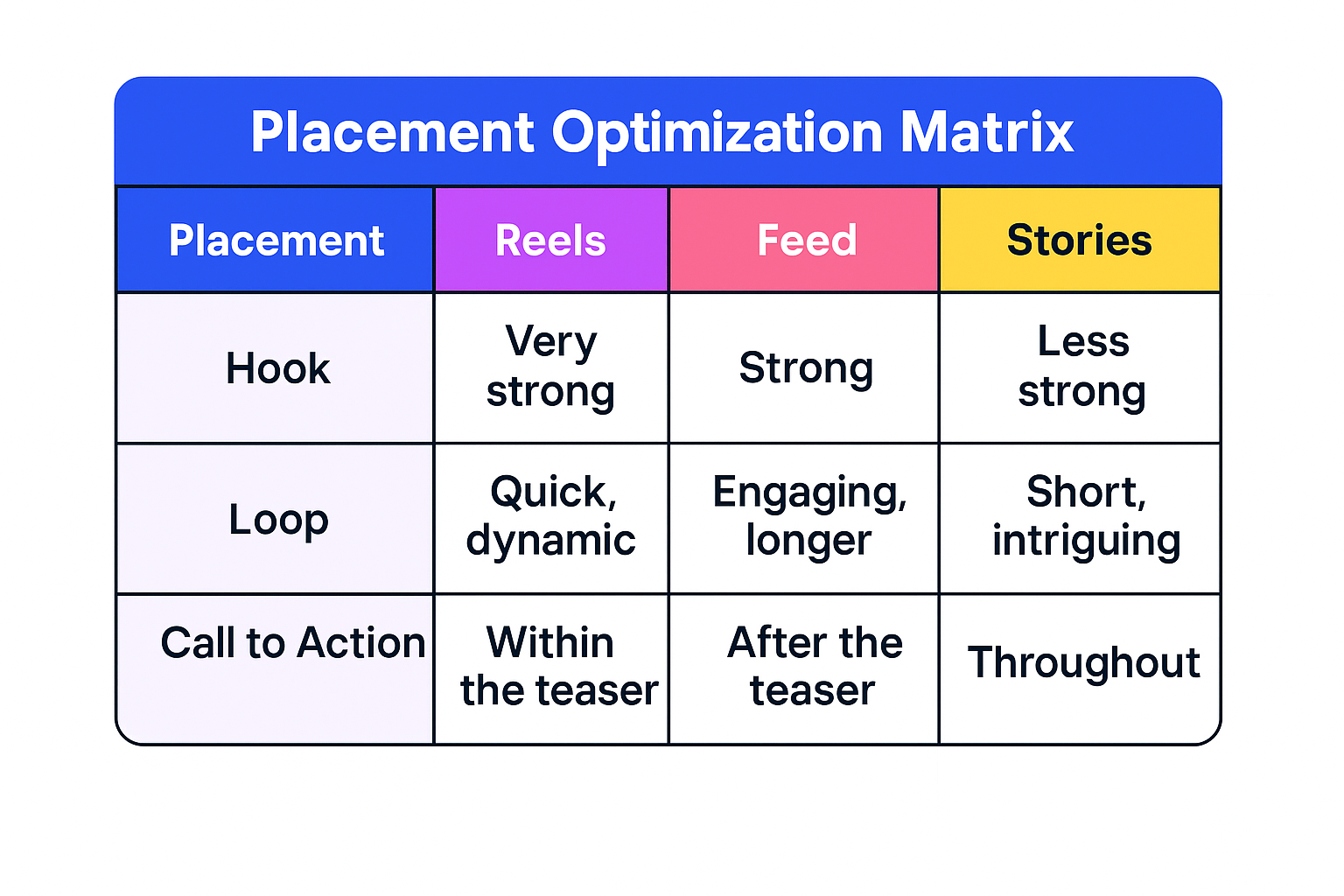
Different Instagram placements call for distinct creative approaches:
-
Reels: Prioritize dynamic movement and vertical framing.
-
Feed: Combine aesthetic visuals with thoughtful captions.
-
Stories: Emphasize urgency with short text and swipe-up CTAs.
For campaign-level alignment, reference our article on Meta campaign objectives.
10. Focus on Storytelling Over Selling
Your most effective ad may not look like an ad at all.
Try using:
-
Screenshot carousels to illustrate transformation.
-
Simulated chat conversations to highlight pain points.
-
User reactions to drive curiosity and engagement.
For more on how delivery issues can affect performance, see why some ad sets may get zero delivery.
Conclusion
Instagram advertising works best when it blends in naturally with user behavior and platform aesthetics. Prioritize authenticity, contextual relevance, and creative alignment across placements.
By using the strategies above, you can design Instagram ads that not only look native but also perform exceptionally well.
